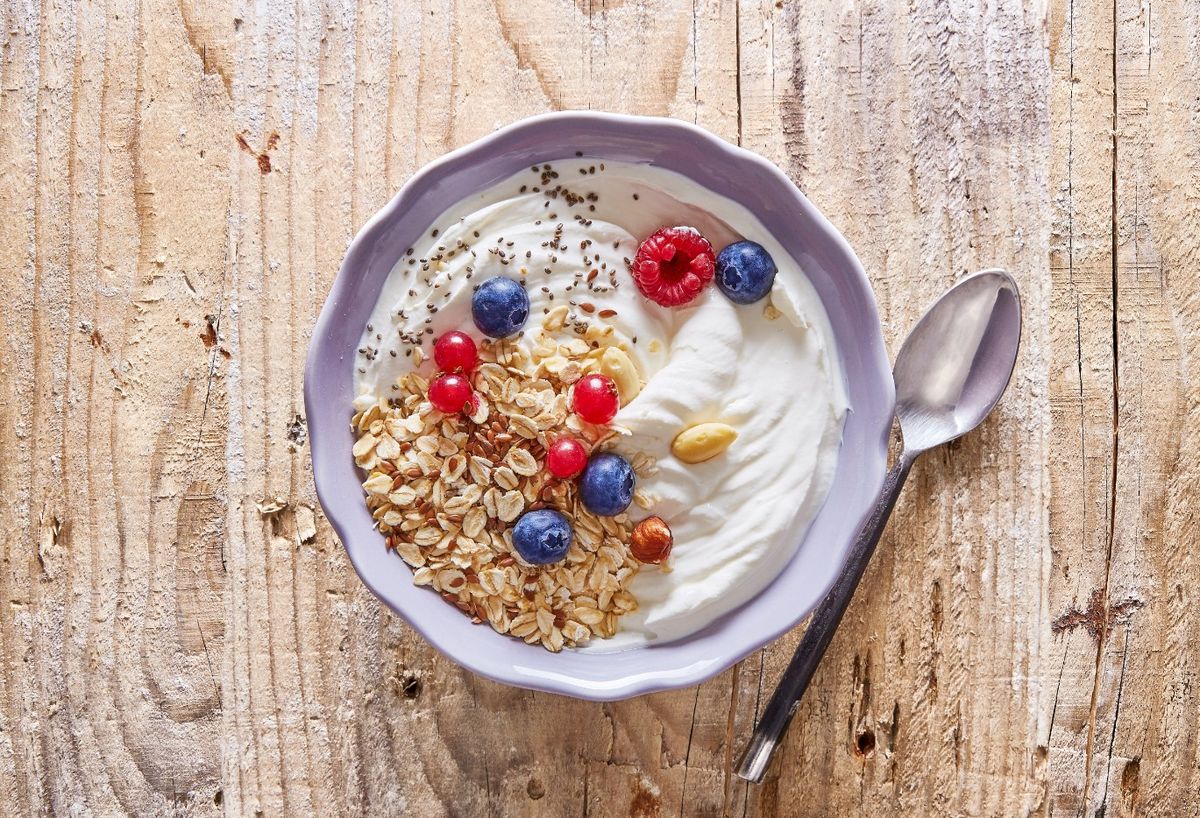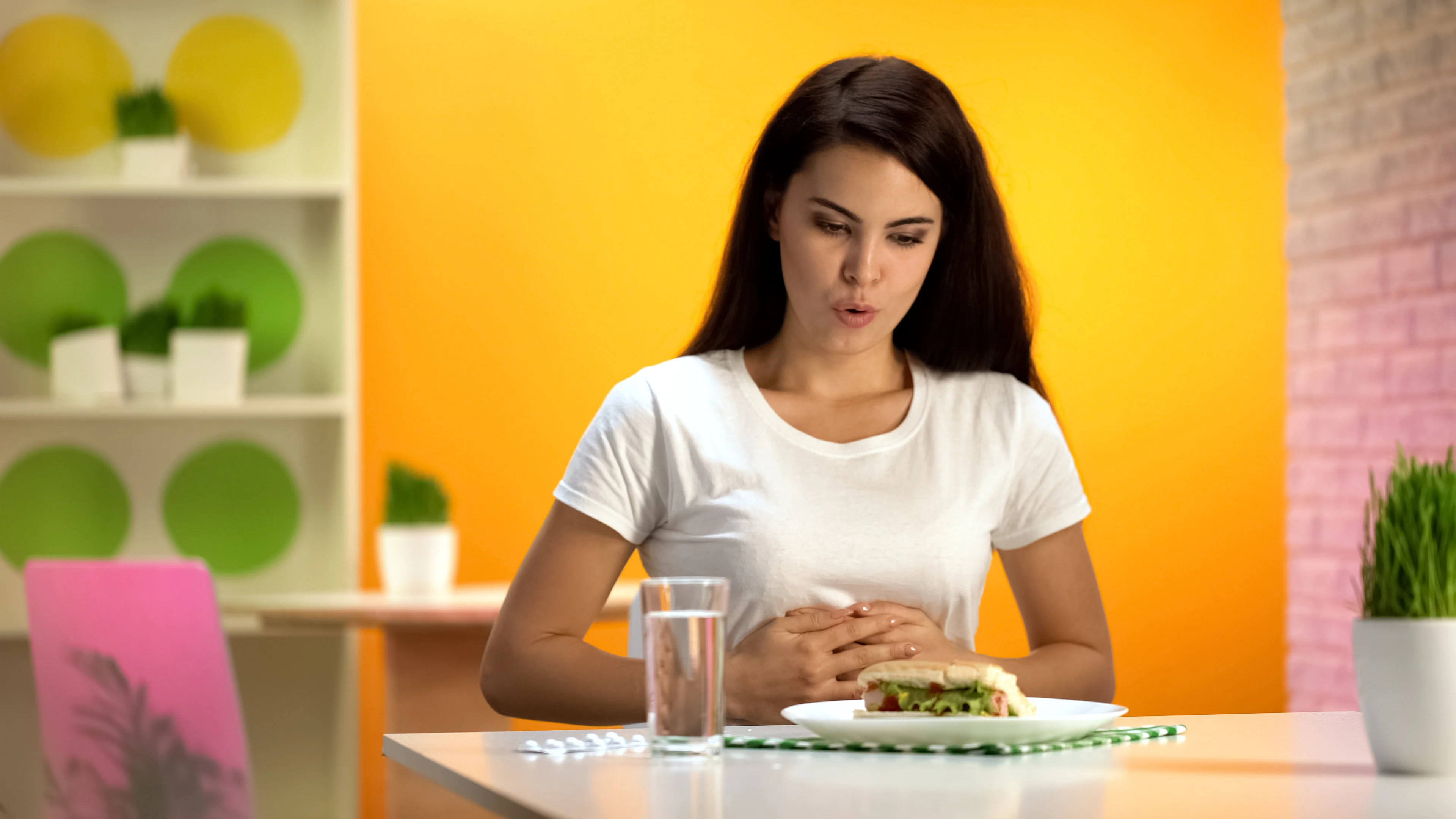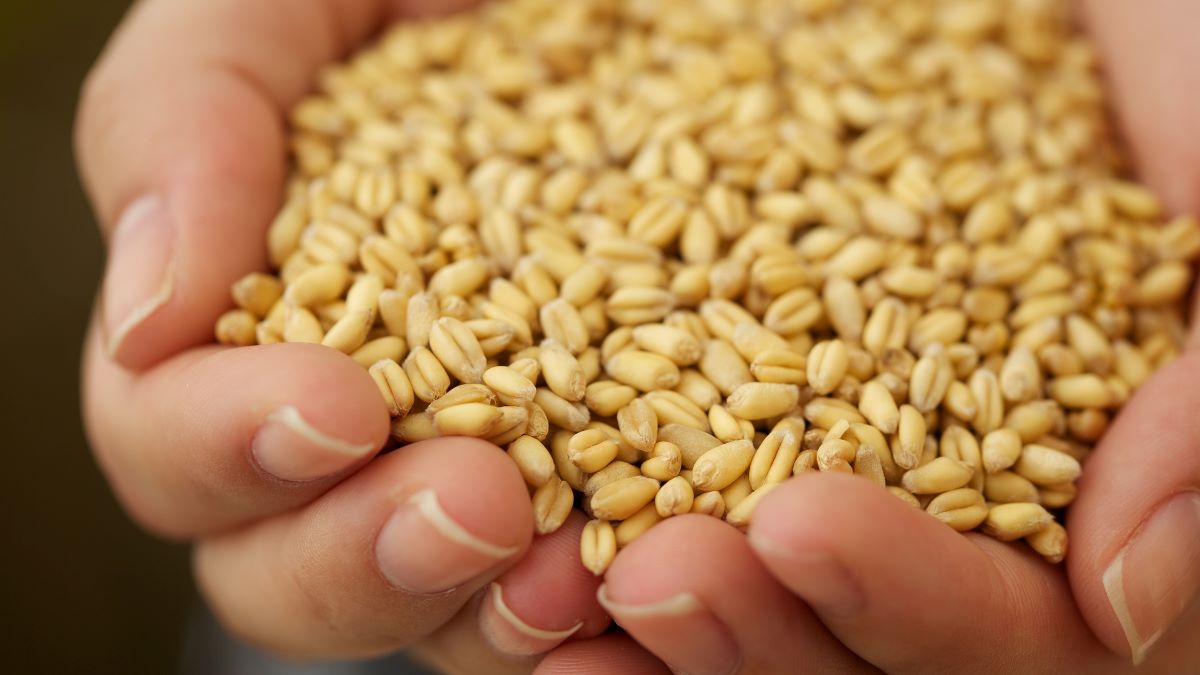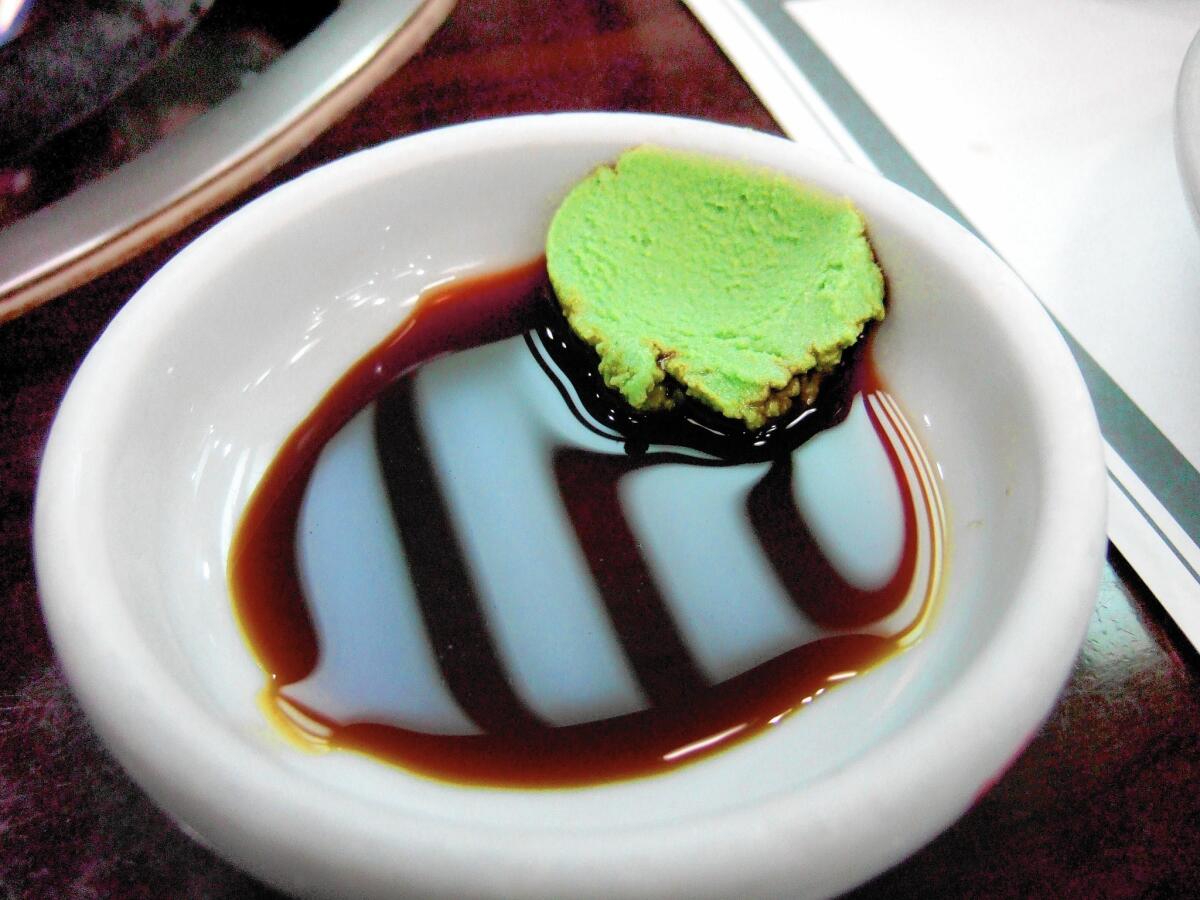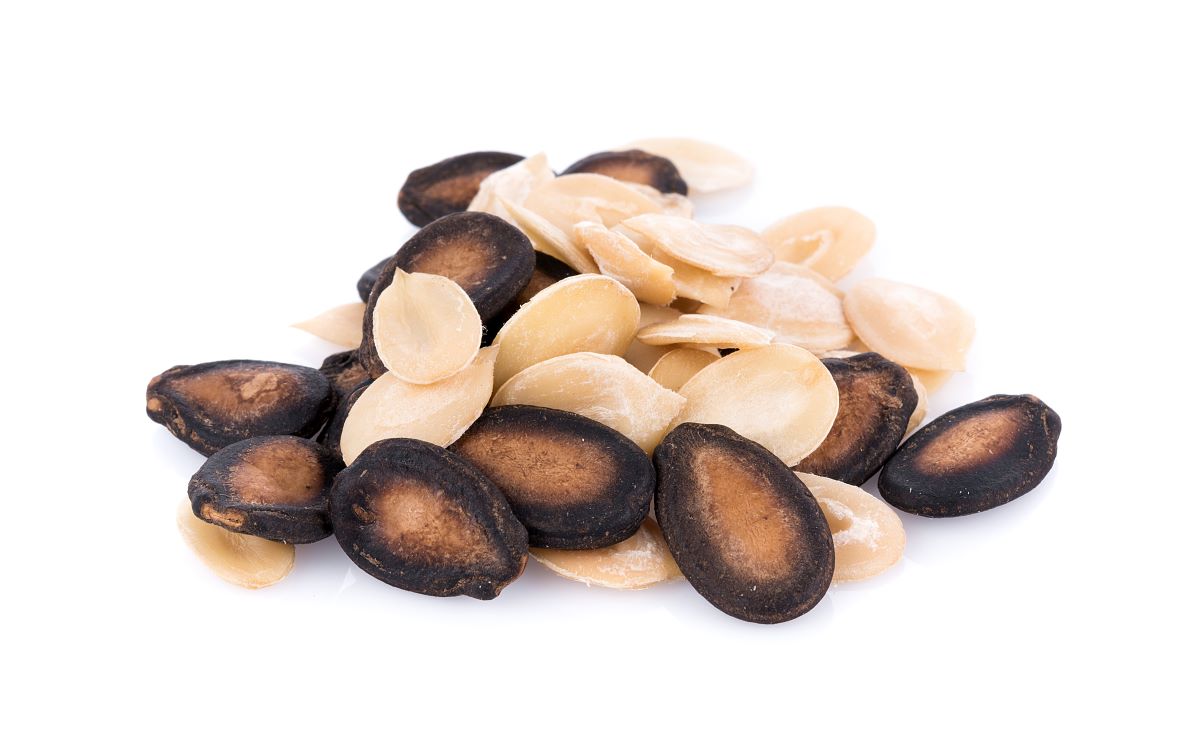Dealing with Nausea from Antibiotics: Tips for Eating
Antibiotics are a common treatment for bacterial infections, but they can sometimes cause unpleasant side effects, such as nausea. Nausea can make it difficult to eat, but it’s important to nourish your body, especially when you’re fighting an infection. Here are some tips for eating while you’re feeling nauseous from antibiotics:
1. Choose Bland Foods
When you’re nauseous, it’s best to stick to bland, easy-to-digest foods. Avoid spicy, greasy, or heavily seasoned dishes, as these can further upset your stomach. Instead, opt for foods like plain crackers, toast, rice, or boiled potatoes. These foods are gentle on the stomach and can help ease nausea.
2. Eat Small, Frequent Meals
Instead of trying to eat three large meals a day, consider eating smaller, more frequent meals. Eating smaller portions can be easier on your stomach and may help alleviate nausea. Aim to eat every 2-3 hours to keep your energy levels up without overwhelming your digestive system.
3. Stay Hydrated
It’s important to stay hydrated, especially when you’re feeling nauseous. Sip on clear fluids throughout the day, such as water, herbal teas, or clear broths. Avoid caffeinated and sugary beverages, as these can exacerbate nausea. Staying hydrated can help prevent dehydration, which can worsen nausea.
4. Try Ginger
Ginger has long been used as a natural remedy for nausea. Consider sipping on ginger tea or nibbling on ginger candies to help ease your stomach. Some people find that ginger can help reduce nausea and improve appetite, making it a helpful addition to your diet while taking antibiotics.
5. Avoid Strong Smells
Strong smells can trigger nausea, so it’s a good idea to avoid cooking or eating strong-smelling foods when you’re feeling queasy. Opt for mild, neutral-smelling foods and try to eat in well-ventilated areas to minimize exposure to strong odors.
6. Rest After Eating
After eating, give yourself some time to rest and allow your body to digest. Avoid lying down immediately after eating, as this can worsen nausea. Instead, sit upright or take a short walk to help aid digestion and prevent discomfort.
7. Consider Liquid Meals
If solid foods are too difficult to stomach, consider incorporating liquid meals into your diet. Smoothies, soups, and meal replacement shakes can provide essential nutrients in an easily digestible form. Be mindful of sugar content in smoothies and opt for broth-based soups for a gentle, nourishing option.
8. Talk to Your Doctor
If nausea from antibiotics is persistent and severe, it’s important to talk to your doctor. They may be able to adjust your medication or provide additional support to help manage your symptoms. Do not hesitate to seek medical advice if you’re struggling to eat due to antibiotic-related nausea.
Dealing with nausea from antibiotics can be challenging, but with some mindful adjustments to your diet and lifestyle, it’s possible to find relief. By choosing gentle, easy-to-digest foods and staying hydrated, you can support your body’s healing process while managing antibiotic-related nausea.
Remember, everyone’s body responds differently to antibiotics, so it’s essential to listen to your body and seek professional guidance if needed. With the right approach, you can navigate through this temporary phase of nausea and continue on your path to recovery.
